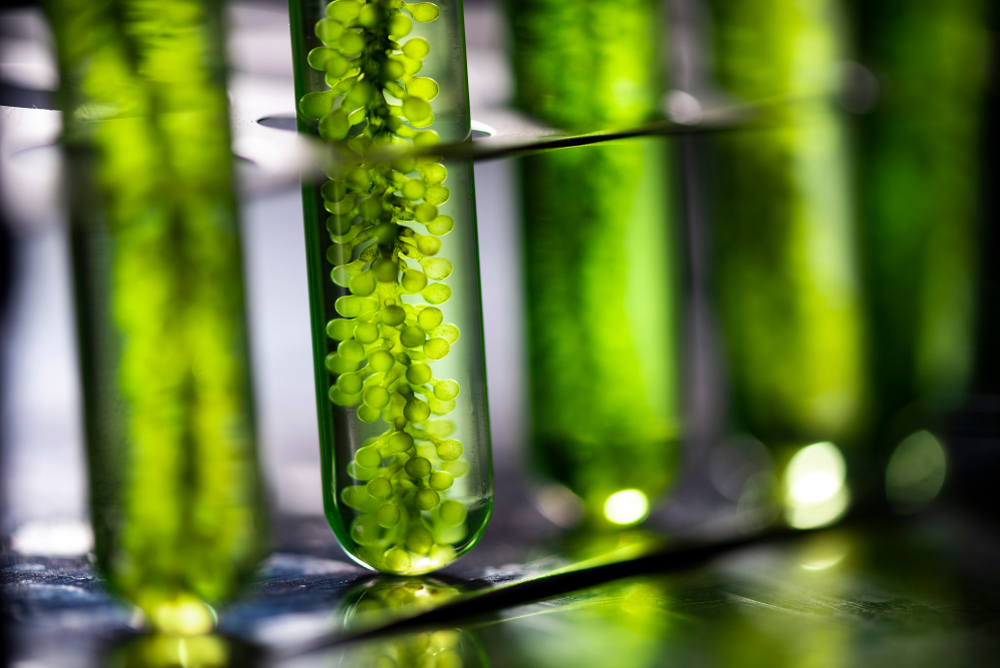All cleanrooms must maintain airflow, operate decontamination equipment, and discard used cleaning supplies. These can lead to prohibitive costs, both to lab owners and the environment. We’re living in an era when corporate responsibility plays a key role in public perception. Therefore, failing to manage these costs could even result in long-term damage to both an organization’s reputation and cost-efficiency. The EPA supports green chemistry, and so should your lab.
For researchers looking to avoid these repercussions, consider exploring some eco-friendly practices for operating a cleanroom and enhancing your lab. These three methods are a great start towards a greener future:
1. Smart Technology, Smart Energy Usage
There are many exciting applications for smart technology in domestic settings, but they can also have a dramatic impact on energy efficiency in industrial settings. In cleanrooms, they can automate certain processes and reduce energy consumption. Here are a few ways to keep things more green:
- Particulate and Light Sensors: Because cleanrooms require a constant source of airflow, they can demand a lot of energy. However, thanks to particulate and light sensors, this cost can diminish. When the cleanroom is not in use, or when the level of pollution hasn’t risen above acceptable parameters, ventilations systems can remain dormant, reducing the amount of energy used. Conversely, when particulate levels are higher than usual, fans can operate at higher speeds to maintain cleanliness standards.
- Smart HVAC System: Ventilation controls can be automatic. Smart HVAC systems are typical in residential settings in order to maintain a specific temperature. But, when using in conjunction with particulate or light sensors, they can maintain a specific particulate level.
Of course, utilizing technology to improve decontamination is an ongoing process. As new technology becomes available, manufacturers and researchers need cutting-edge advancements to minimize costs and their environmental impact. According to experts, nanotechnology will play a transformative role in chemistry in upcoming years. Also, the applications it will have for environmental cleanliness, safety and efficiency will be extensive. It’s wise to keep an eye on advancements such as these going forward.
2. Embracing Green Alternatives
It’s difficult to overstate how much of an impact cleaning products have on the environment. Commercial and pharmaceutical buildings in the U.S. require approximately 6.2 billion pounds of chemicals, 4.5 billion pounds of sanitary paper, and 1 billion pounds of other janitorial equipment each year. The cost of manufacturing these supplies is massive enough. However, the waste produced from their use compounds the problem into an unsustainable situation.
Your lab cleanroom doesn’t need to be a major contributor to these statistics. Green alternatives to cleaning supplies are more environmentally friendly to produce, recycle, and result in less pollution. Rely on ethical, eco-friendly cleanroom supply manufacturers. Some available alternatives include:
- Biodegradable Cleanroom Wipers: Polyester or cellulose-blended wipers are more environmentally costly to make and dispose of. Try to rely on wipers made of sustainably produced, biodegradable material — like cotton, which is completely biodegradable.
- Cleanroom Bond Paper Alternatives: Some manufacturers of cleanroom equipment offer biodegradable bond paper as well. Avoid bond paper made of latex, since you often can’t recycle it. Some brands of bond paper, like EcoBond, are made from pure sources of cellulose. These are far friendlier to the environment.
- Reusable Containers for Raw Material Deliveries: Some raw material suppliers may agree to shipping materials in reusable containers in an attempt to curb excess waste. Based on the frequency of deliveries to your lab, such an agreement could have an enormous positive impact.
3. Streamlined Design Reduces Pollution
The design of a cleanroom can dramatically impact how much energy and materials it requires to function.
First, a cleanroom needs to accommodate the needs of people and material flow, as well as maximize HVAC efficiency. Given the very sensitive nature of a cleanroom, this calls for a delicate balance. If done successfully, a cleanroom can improve circulation without compromising productivity.
Comparing cleanrooms from a few decades ago to most modern cleanrooms, you should notice a stark contrast in design. There are many more curved, seamless surfaces and smooth transitions between different components. This is intended to make the area easier to clean, resulting in the consumption of fewer materials and less cleaning solution. Over time, this can dramatically reduce a cleanroom’s impact on the environment.
Conclusion
If you’re looking to improve your cleanroom’s commitment to the environment, try these modern solutions. Not only will they reduce your impact on the environment, but they will reduce costs. And, perhaps more importantly, they will improve your lab’s reputation. At Cryostar Industries, we assist countless cleanrooms in maintaining eco-friendly, greener practices. For more information on how we can help keep your cleanroom green, contact Cryostar Industries today!

| Call for Immediate Lab Services |
|---|
| Long Island, Nassau & Suffolk County Call: 516-333-4006 |
| The Bronx, Manhattan, Brooklyn, Queens, & Staten Island Call: 718-885-0833 |
| Albany & Southern New York State Call: 800-564-5513 |
| Piscataway, Northern & Central New Jersey Call: 800-564-5513 |
| Danbury Connecticut & Surrounding Areas Call: 203-748-7343 |
24/7 Emergency ServiceCall: 1-800-564-5513 |